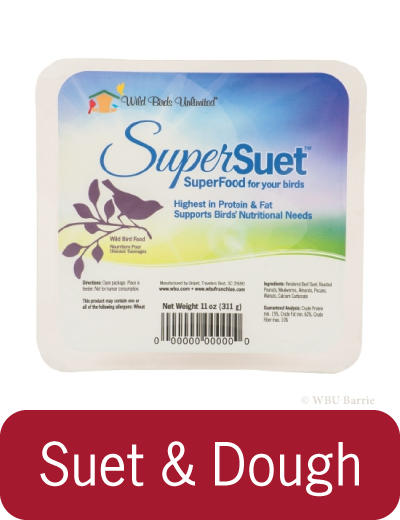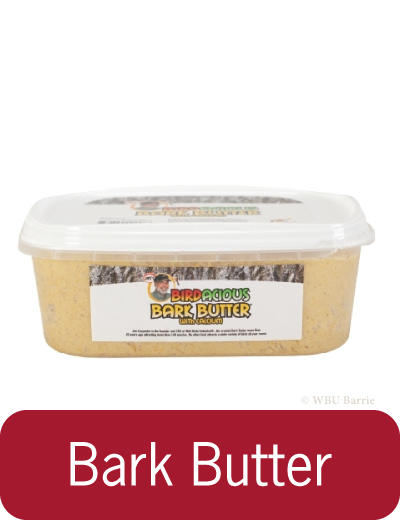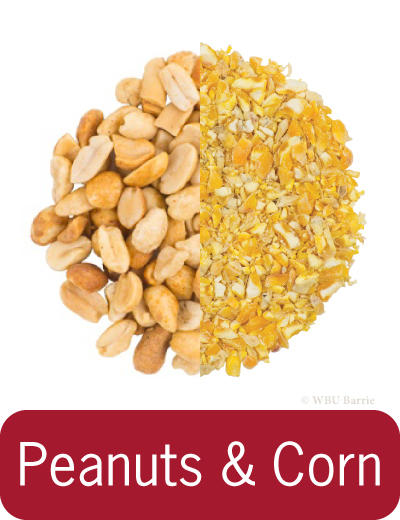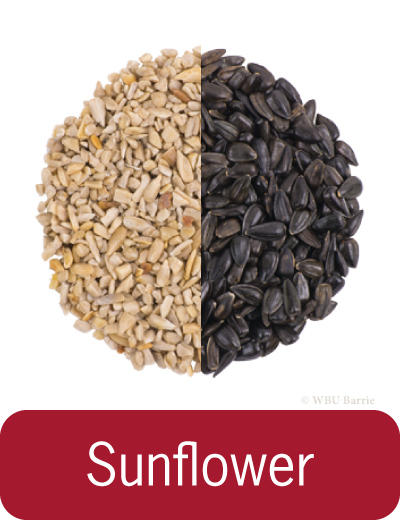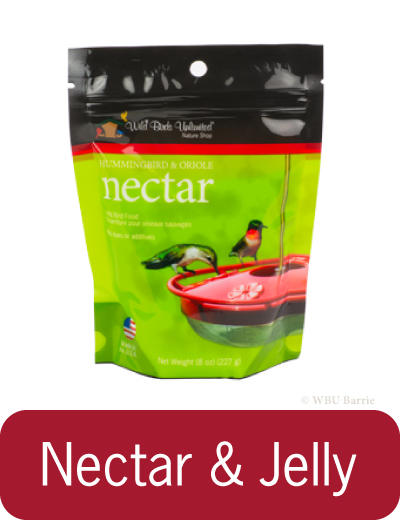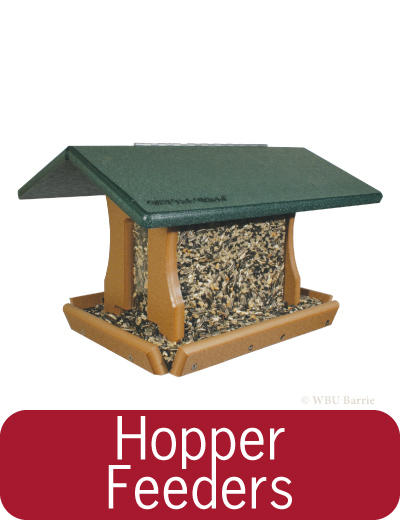Attracting Red-bellied Woodpeckers to Your Backyard
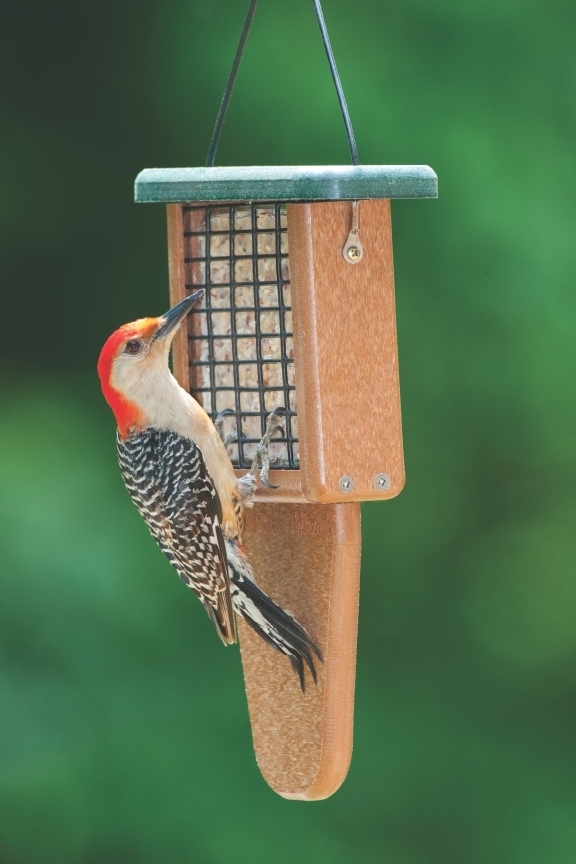
While still not a common bird here in Simcoe County, the Red-bellied Woodpecker is slowly becoming a more common sight in our area. Red-bellied Woodpeckers are common in woodlands and forests, from old stands of oak and hickory to young hardwoods and pines. Look for Red-bellied Woodpeckers hitching along branches and trunks of medium to large trees, picking at the bark surface more often than drilling into it. Like most woodpeckers, these birds have a characteristic undulating flight pattern. The Red-bellied has an unusual rolling call, almost raccoon like, often announcing it's arrival at your feeders.
What Do They Look Like?
Red-bellied Woodpeckers are pale, medium-sized woodpeckers common in forests of the East. Similar in size to the Hairy Woodpecker, they have strikingly barred backs and brilliant red caps with the faintest of red on their lower belly. Resist the temptation to call them Red-headed Woodpeckers however, as those are a somewhat rarer species here in Simcoe County with a completely red head, mostly black back with big white wing patches.
Females sport similar plummage to the males, with their red caps only reaching about halfway up their head, with a grey patch between the beak and eyes, almost appearing to have a receding red hairline.
Do They Migrate?
Woodpeckers are non-migratory, year-round resident throughout their range.
Foods
The best foods to attract any Woodpecker to your yard, including the Red-bellied Woodpecker, are: suet, suet blends, Bark Butter, peanuts, tree nuts, mealworms, Seeds: sunflower, sunflower chips, cracked corn, fruits, nectar.
Feeders
Birdbaths (Water)
Water is essential to all birds and providing a bird bath means they don’t have to travel great distances to find water. Water in a bird bath should be cleaned regularly as birds defecate, leave bits of food and feathers in the bath, not to mention leaves and other items that can end up in a bath. In the winter heated birdbaths provide an excellent place for birds to drink. During the warmer months the WBU Water Wiggler creates moving water in your birdbath, making the bath even more attractive to birds. WBU Barrie carries a variety of plastic, metal and clay birdbaths and accessories, as well as heated birdbaths for the colder months. Visit our page on birdbaths for a selection of styles as well as accessories like brushes, misters, and water wigglers.
Nesting
 Only a few varieties of woodpeckers will live in a man-made box, but the Hairy, Red-headed and Red-bellied Woodpeckers regularly do so. Our WBU Three Woodpeckers House accommodates the Red-bellied Woodpecker. Red-bellied Woodpeckers prefer to nest in forests or on forest edges with large trees such as parks, wooded suburbs and yards. For Red-bellied Woodpeckers, bird houses are best hung 8 to 20 feet high in a tree away from feeders and other disturbances. Face the entrance hold away from prevailing winds and place about 3 to 4 inches of wood shavings on the bottom of the box.
Only a few varieties of woodpeckers will live in a man-made box, but the Hairy, Red-headed and Red-bellied Woodpeckers regularly do so. Our WBU Three Woodpeckers House accommodates the Red-bellied Woodpecker. Red-bellied Woodpeckers prefer to nest in forests or on forest edges with large trees such as parks, wooded suburbs and yards. For Red-bellied Woodpeckers, bird houses are best hung 8 to 20 feet high in a tree away from feeders and other disturbances. Face the entrance hold away from prevailing winds and place about 3 to 4 inches of wood shavings on the bottom of the box.
Fun Facts
-
The barbed tip of a woodpecker’s tongue is very sensitive to touch and can both detect and impale insect larvae. The tongue is coated with sticky mucus to ensure that its prey does not slip away.
-
A Red-bellied Woodpecker can stick out its tongue nearly 2 inches past the end of its beak. Males have longer, wider-tipped tongues than females, which could be to allow the pair to forage in slightly different spots within t heir territory and maximize their food.
-
A woodpecker’s pointed tail feathers are especially strong and rigid. The tail bone, lower vertebrae and supporting muscles are also large in comparison to other birds allowing a woodpecker's tail to serve as a prop that supports their weight as they climb.
-
For more information visit this great resource: Lab of Ornithology at Cornell - All About Birds - Red-bellied Woodpecker


